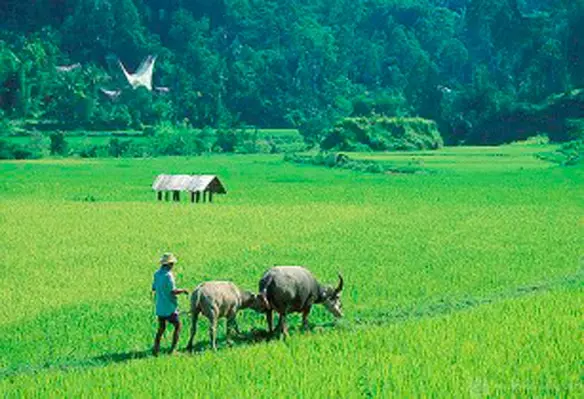The governments in the Asia-Pacific countries need to place sustainable and productive agricultural practices to reduce the impact of disasters and climate-related shocks, according to the UN’s Food and Agriculture Organisation (FAO)
The warning was made on the sidelines of the Asian Ministerial Conference on Disaster Risk Reduction in the Mongolian capital, Ulaanbaatar. The conference is co-organised by the government of Mongolia and the UN Office for Disaster Risk Reduction.
While there are many important aspects to the Sendai Framework, FAO is calling for greater attention to be paid to safeguarding agriculture, including forests and natural resources like fresh water in Asia and the Pacific.
“When we talk about disasters and our responses to mitigate their effects, it’s important to remember one of the victims is agriculture,” said Kundhavi Kadiresan, FAO assistant director-general and regional representative for Asia and the Pacific.
“At FAO, our priority is to support resilient, low carbon and sustainable agriculture and land sectors, which provide food and nutrition security and sustainable livelihoods, especially for the vulnerable and smallholders,” Kadiresan added.
Reducing hunger
The Asia-Pacific region is home to about two-thirds of the world’s undernourished – nearly half-a-billion people. Kadiresan pointed out that protecting, regenerating and better managing water resources and forests in the region must be linked to the fight against hunger.
She noted that going forward, and in order to reach the zero hunger target by 2030, about 107,000 people would need to be lifted out of hunger and malnutrition each day. “Addressing disaster and climate risks, and the interconnections between them, is key in this regard,” she added.
The way forward to reduce risks to agriculture
One step is to accelerate risk assessments and identify vulnerabilities and disaster damage and loss in the agricultural sectors and management of water resources. This knowledge would be critical for anticipating future risks and losses, particularly in forestry and fisheries where disaster loss is, so far, under-accounted.
Another step would be to strengthen institutional coordination and collaboration between major ministries and with other stakeholders. This has been deemed critical in order to build a shared understanding of risks and translate this understanding into coherent and integrated action on disaster risk reduction.
To safeguard water, a recent report by FAO and partners called for minimising the use of fertilisers and pesticides, establishing buffer zones along watercourses and farm boundaries and improving drainage control schemes.





